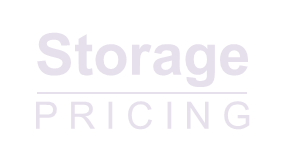Gartner places IBM in the lead for 2013 all-flash array sales
(Excerpt)
Revenue from IBM’s FlashSystem product line increased 278% year-over-year from $43.4 million in 2012 to $164.4 million in 2013. IBM commanded about a quarter of the all-flash array market, as its share grew from 18.4% to 24.6%. The FlashSystem platform came from IBM’s 2012 of Texas Memory System.
…..
Violin Memory dropped from first in 2012 to third last year. Violin’s revenue increased by 22.6%, from $72.1 million to $88.3 million, but the company’s market share fell from 30.5% to 13.2% in 2013, according to Gartner.
…..
Under Gartner’s revised SSA market calculation, EMC is now able to count revenue from only its XtremIO and VNX-F arrays, which were released last November. Despite the short time frame, the EMC all-flash systems placed fourth for the year, with $73.9 million in revenue, and EMC held 11.1% of the market.
…..
In fifth place, NetApp all-flash revenue grew 126.5% for its EF540 all-flash array to $71 million. Nimbus Data Systems also more than doubled its revenue, from $21.6 million to $43.4 million, and placed sixth for the year, according to Gartner.
Filling out the top 10 were Kaminario ($22.5 million), Cisco ($21.4 million), SolidFire ($20.4 million) and Hewlett-Packard ($8.8 million). The total market grew 182% from 2012 to 2013, from $236.5 million to $667.3 million, using Gartner’s revised SSA reporting metrics.
According to the Gartner report, end users purchased 5,281 solid-state array units in 2013 at an average selling price of $126,360, or $9.70 per GB. The most popular capacity range was 10 TB to 19.99 TB, with a total of 2,126 units shipping at an average selling price of $118,647, or $11.59 per GB.
Runners-up were solid-state arrays in the range of 20 TB to 49.99 TB. A total of 1,629 units shipped at an average selling price of $180,699, or $8.82 per GB. Just 171 solid-state arrays of greater than 50 TB shipped last year, at an average selling price of $223,169, or $4.36 per GB. But, that could change this year now that most SSA vendors are making available arrays at higher capacities.
